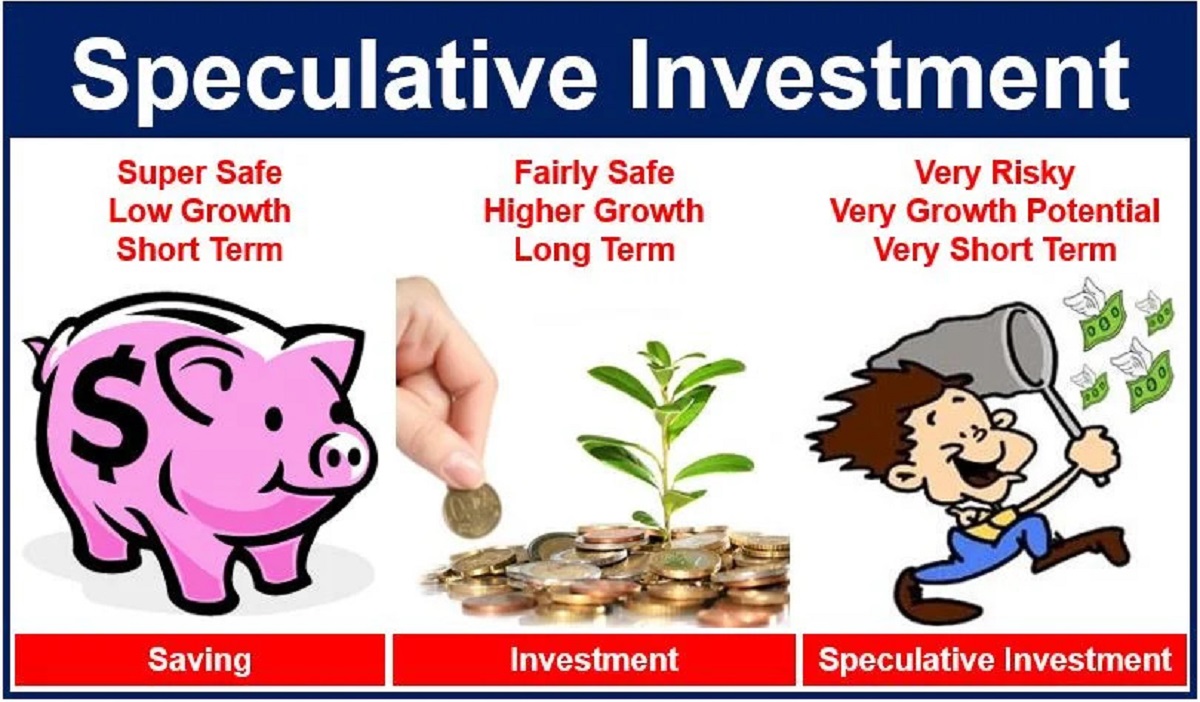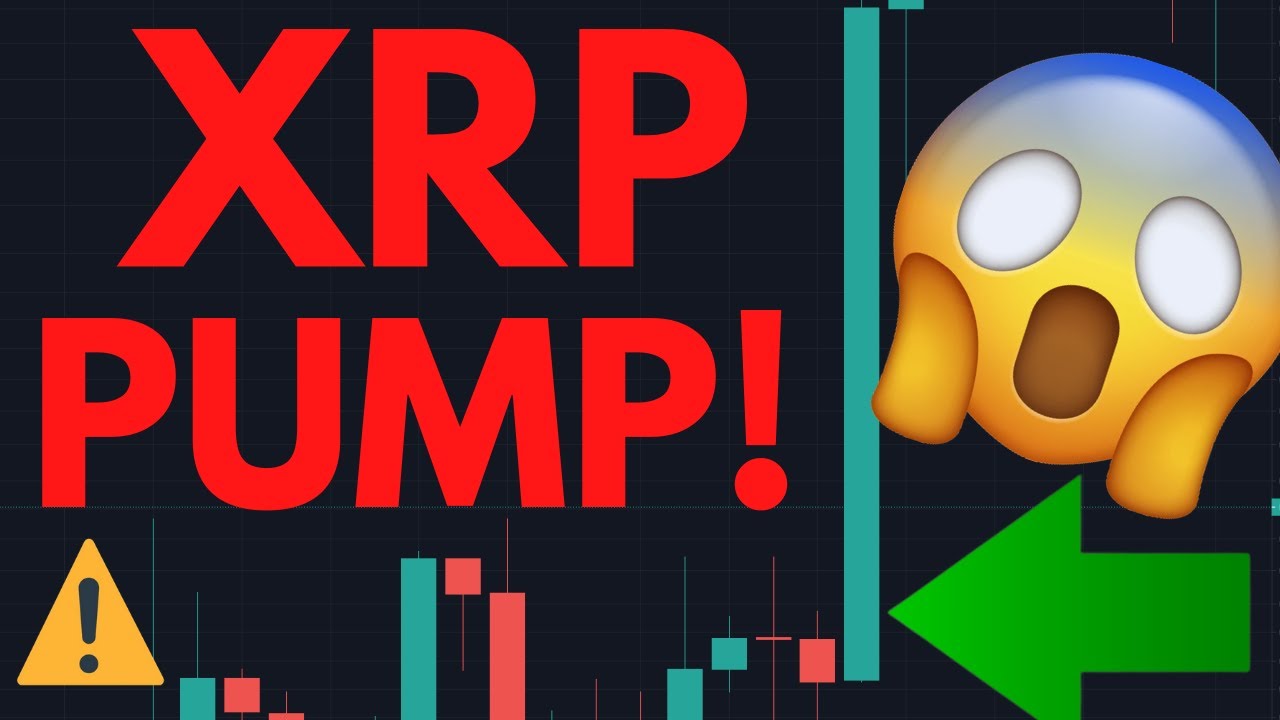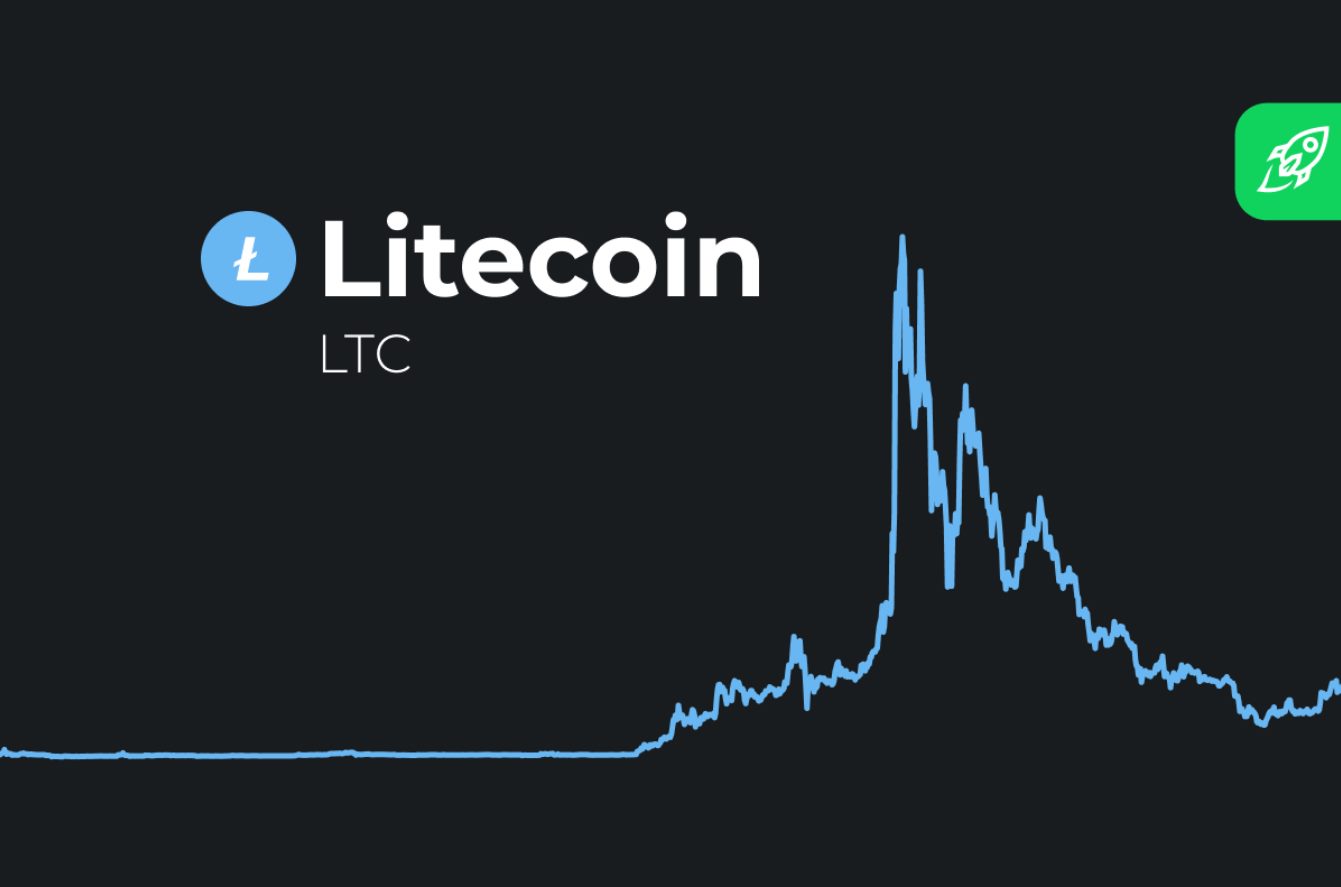Introduction
Welcome to the world of speculative investments! In this fast-paced and dynamic realm, investors seek to capitalize on high-risk opportunities that have the potential for significant returns. Speculative investments are distinct from traditional investments in that they involve a higher level of uncertainty and volatility. While they offer the possibility of substantial gains, they also carry a higher degree of risk.
Speculative investments can be thrilling and lucrative for those who are willing to take on greater risk. However, they are not suitable for everyone. It is important to have a clear understanding of what constitutes a speculative investment, its characteristics, associated risks, and factors to consider before diving into this realm.
In this article, we will delve into the world of speculative investments, exploring their definition, characteristics, types, risks, and potential benefits and drawbacks. We will also provide tips to help you navigate this domain successfully.
So, if you’re ready to explore the adrenaline-pumping world of speculative investments, strap in and let’s embark on this thrilling journey!
Definition of Speculative Investments
Speculative investments are financial ventures that involve a higher level of risk and uncertainty compared to traditional investments. Unlike more conservative investment strategies that prioritize stability and predictable returns, speculative investments are driven by the potential for significant profits. They often involve purchasing assets or securities that have a high degree of volatility, such as stocks, options, futures contracts, or cryptocurrencies.
At its core, speculation involves making educated guesses and taking calculated risks in the hope of achieving substantial returns. Speculative investments are characterized by their potential for substantial gains but also carry a significant risk of loss. These investments often lack intrinsic value and are subject to market fluctuations, investor sentiment, and unforeseen events that can impact their value.
Unlike investments with a more established track record and quantifiable data, speculative investments often involve emerging markets, startups, or unproven technologies. They may involve betting on the success of a new business venture, anticipating an increase in the value of a particular asset, or taking advantage of short-term market trends.
It’s important to note that speculation should not be confused with gambling. While both activities involve risk, speculation is based on research, analysis, and an understanding of market forces. Investors engaging in speculative investments typically employ various strategies and techniques to maximize their chances of success, although success is never guaranteed.
Overall, speculative investments can be exciting and potentially highly profitable for those who are well-informed, have a high risk tolerance, and can afford to lose their investments. However, due to their inherent volatility and uncertainty, they are generally not recommended for inexperienced or risk-averse investors.
Characteristics of Speculative Investments
Speculative investments possess several distinct characteristics that set them apart from traditional investments. Understanding these key characteristics is crucial for investors who are considering venturing into the world of high-risk opportunities:
- High volatility: Speculative investments tend to exhibit significant price fluctuations over short periods of time. These investments can experience rapid increases or decreases in value, often driven by market sentiment, economic factors, or specific events.
- Potential for high returns: One of the primary attractions of speculative investments is the potential for substantial profits. The high level of risk associated with these investments is rewarded with the possibility of significant returns on investment if the speculation pays off.
- Lack of intrinsic value: Speculative investments often lack tangible or quantifiable value. They may be based on future expectations, market trends, or the success of a particular venture. Without a strong underlying foundation, their value is primarily driven by investor sentiment and speculation.
- Unproven and emerging markets: Speculative investments often involve ventures in unproven industries or emerging markets. These investments can be highly unpredictable and subject to regulatory changes, technological advancements, and other external factors that can significantly impact their value.
- Short-term focus: Traditional investments often have a long-term perspective aimed at steady growth and income. In contrast, speculative investments tend to be more short-term in nature, with investors aiming to capitalize on quick market movements or capitalize on specific events.
- Higher risk: Speculative investments come with an elevated level of risk compared to conservative investment strategies. The potential for high returns is accompanied by the possibility of substantial losses. Investors must be prepared for the likelihood of their investments losing value.
These characteristics distinguish speculative investments from more conventional investment approaches. It is essential for investors to carefully evaluate their risk appetite and financial goals before participating in speculative investments. Proper risk management and an informed understanding of these characteristics are crucial to success in the world of speculation.
Types of Speculative Investments
Speculative investments encompass a wide range of opportunities that cater to diverse risk appetites and investment preferences. Here are some common types of speculative investments:
- Stocks: Investing in individual stocks of companies that are expected to experience significant growth or are involved in emerging industries can be a speculative investment. These stocks often come with higher volatility and can be subject to market sentiment and company-specific factors.
- Options and futures: Options and futures contracts are derivative instruments that provide the right or obligation to buy or sell an asset at a specified price on a future date. Due to their leverage and time-sensitive nature, options and futures trading can be highly speculative and carry significant risk.
- Cryptocurrencies: The rise of cryptocurrencies such as Bitcoin and Ethereum has opened up a new avenue for speculative investments. These digital currencies often experience substantial price volatility, making them attractive to investors seeking high returns. However, they also carry significant risks associated with regulatory changes, technological developments, and market sentiment.
- Commodities: Speculating on the price movements of commodities, such as gold, oil, or agricultural products, can be a common form of speculation. Demand-supply dynamics, geopolitical events, and global market conditions influence commodity prices, providing opportunities for speculative investments.
- Penny stocks: Penny stocks are low-priced stocks traded on smaller exchanges or over-the-counter markets. These stocks tend to have low market capitalization and liquidity, making them highly speculative. They can provide significant returns for investors willing to take on the associated risks.
- Initial coin offerings (ICOs): ICOs involve investing in early-stage blockchain projects through the purchase of digital tokens. These investments can be highly risky, as the success and value of these projects are often uncertain. Regulatory changes and scams are additional risks to consider.
It’s important to note that this is not an exhaustive list, and the world of speculative investments continues to evolve with the emergence of new opportunities. Each type of speculative investment carries its own unique risks and potential rewards. Investors should conduct thorough research and consider consulting with financial professionals before diving into any particular investment avenue.
Risk Associated with Speculative Investments
Speculative investments come with inherent risks that investors need to be aware of before committing their funds. Understanding and managing these risks is essential for navigating the world of speculation effectively. Here are some key risks associated with speculative investments:
- Market volatility: Speculative investments often involve assets that experience high levels of price volatility. Market fluctuations and investor sentiment can lead to sudden and significant changes in the value of these investments, amplifying the potential for gains or losses.
- Liquidity risk: Some speculative investments, such as penny stocks or niche cryptocurrencies, may have limited market liquidity. This can make it difficult to buy or sell these investments quickly and at a desired price, potentially resulting in losses or missed opportunities.
- Regulatory uncertainty: Speculative investments, especially those related to emerging industries like cryptocurrencies or startups, are subject to regulatory changes. New regulations or government interventions can have a profound impact on the value and viability of these investments.
- Company-specific risks: Investing in individual stocks or startups carries the risk of company-specific factors, such as management decisions, competitive pressures, or changes in business strategy. These risks can significantly impact the value and prospects of the investment.
- Technological risk: Speculative investments in emerging technologies or projects heavily reliant on technology can be exposed to technical risks. Software bugs, security vulnerabilities, or technological advancements can impact the success and value of such investments.
- Financial risk: Speculative investments often involve companies with limited financial track records or startups in the early stages of development. These ventures are inherently risky, and there is a higher likelihood of financial distress, bankruptcies, or failure to deliver on promises.
- Risk of loss: Speculative investments carry the risk of losing a significant portion or even the entirety of the invested capital. Unlike more conservative investments, the potential for high returns is balanced by an increased risk of incurring substantial losses.
It is crucial for investors to thoroughly assess and manage the risks associated with speculative investments. Implementing diversification strategies, conducting detailed research, setting clear investment goals, and setting realistic expectations can help mitigate some of the risks involved. Moreover, seeking guidance from financial professionals and staying informed about market developments can provide valuable insights into navigating these risks.
Factors to Consider Before Making a Speculative Investment
Speculative investments require careful consideration and evaluation before committing capital. While they offer the potential for high returns, they also come with significant risks. Here are some crucial factors to consider before making a speculative investment:
- Risk tolerance: Assess your risk tolerance level honestly. Speculative investments can be highly volatile and have the potential for substantial losses. Consider how comfortable you are with taking on this level of risk.
- Financial goals: Evaluate your investment goals and align them with speculative investments. Determine if your objectives are short-term or long-term and if speculative investments align with your overall financial strategy.
- Time commitment: Speculative investments often require active monitoring and frequent decision-making. Consider if you have the time and inclination to stay informed about market trends, news, and developments related to your investment.
- Research and analysis: Conduct thorough research and analysis before making a speculative investment. Understand the market, industry trends, potential risks, and the underlying factors that can impact the investment’s value.
- Professional advice: Consult with a financial advisor or investment professional who specializes in speculative investments. They can provide valuable insights, help you navigate risks, and assist in formulating a well-rounded investment strategy.
- Diversification: Apply diversification principles to your investment portfolio. By spreading investments across different asset classes and industries, you can reduce risk exposure and mitigate potential losses.
- Entry and exit strategies: Establish clear entry and exit strategies for your speculative investments. Determine the price points or indicators that will prompt you to enter or exit the investment and stick to your strategy.
- Investment capital: Consider the amount of capital you are willing to invest in speculative investments. It is important to allocate only a portion of your overall investment portfolio to these high-risk ventures, ensuring that you have sufficient funds set aside for more conservative investments.
- Mental and emotional preparedness: Speculative investments can be emotionally challenging, especially during periods of market volatility. Assess your ability to manage stress, make rational decisions, and avoid impulsivity in the face of market fluctuations.
- Exit plan: Develop an exit plan for your speculative investments. Determine the circumstances or criteria under which you will sell or exit the investment, whether it is reaching a specific profit target, changes in market conditions, or a predetermined time frame.
Considering these factors before jumping into speculative investments can help you make informed decisions and increase your chances of success. Remember, speculation requires a disciplined and well-thought-out approach, so take the time to evaluate your options and consult with experts when necessary.
Examples of Speculative Investments
Speculative investments encompass a wide range of opportunities that cater to different risk appetites and investment preferences. Here are a few examples of speculative investments:
- Startups: Investing in early-stage startups involves a high level of risk but can offer substantial returns if the company succeeds. These investments are often characterized by their potential for disruptive innovation and exponential growth.
- Initial Public Offerings (IPOs): Participating in IPOs can be a speculative investment, especially when investing in companies with little or no financial history as publicly-traded entities. IPOs provide an opportunity to invest in companies that are expected to experience rapid growth and increased market value.
- Biotech and pharmaceutical companies: Investing in companies that are developing breakthrough treatments or drugs can be highly speculative. The success of these investments depends on factors such as obtaining regulatory approvals, clinical trial results, and market acceptance.
- Emerging markets: Investing in companies or funds that operate in emerging markets can offer significant opportunities and risks. These markets are characterized by rapid growth potential but can also be affected by political instability, economic fluctuations, and regulatory changes.
- Alternative energy: Speculating on the growth of alternative energy sources, such as solar or wind power, can involve investments in companies at various stages of development. The success of these investments is influenced by factors like government policies, technological advancements, and market adoption.
- Real estate: Investing in speculative real estate involves purchasing properties in areas with high growth potential but also carries a higher level of risk. These investments rely on factors like location, market demand, and the overall economic climate.
- Cryptocurrencies and blockchain technology: Speculating on digital currencies like Bitcoin, Ethereum, or investing in blockchain-based startups can be highly speculative. The value of these investments is subject to rapid and significant price fluctuations, regulatory changes, and market sentiment.
- Art and collectibles: Investing in rare artwork, collectible items, or luxury goods can be considered speculative. These investments rely on factors such as trends in the art market, scarcity of the item, and the demand among collectors and investors.
Please note that these examples are not exhaustive, and speculative investment opportunities can vary widely. Before investing in any of these areas, it is important to conduct thorough research, assess the associated risks, and seek professional advice to make informed investment decisions.
Potential Benefits of Speculative Investments
While speculative investments inherently come with higher risks, they also offer potential benefits that can be enticing for investors seeking higher returns and growth opportunities. Here are some of the potential benefits of engaging in speculative investments:
- Higher potential returns: Speculative investments are known for their potential to generate significant returns. By investing in emerging industries or rapidly growing companies, investors have the opportunity to benefit from exponential growth and capitalize on successful ventures.
- Ability to diversify: Speculative investments can provide an avenue for diversifying an investment portfolio. By allocating a portion of capital to high-risk investments, investors can balance their overall portfolio and potentially enhance overall returns.
- Access to new and emerging markets: Speculative investments often involve industries or markets that are in their early stages or experiencing rapid growth. By participating in these investments, individuals can gain exposure to new and innovative sectors that have the potential for substantial growth.
- Participation in disruptive innovation: Many speculative investments involve companies or technologies that have the potential to disrupt existing industries or bring about transformative change. By investing in these ventures, individuals can contribute to and benefit from advancements in fields such as technology, healthcare, or renewable energy.
- Opportunity for passive income: Some speculative investments, such as rental properties or income-generating real estate, can provide a source of passive income. By investing in properties or assets that generate rental or royalty income, investors may enjoy ongoing cash flow in addition to potential capital appreciation.
- Early access to investment opportunities: Speculative investments often provide the opportunity for early access to promising ventures. This early entry can allow investors to secure advantageous terms and potentially benefit from their investments before they become widely available.
- Learning and personal growth: Engaging in speculative investments can be a valuable learning experience. It provides an opportunity to understand market dynamics, evaluate risk factors, and improve financial decision-making skills. It can also foster a sense of personal growth and resilience in dealing with uncertainties and setbacks.
While the potential benefits of speculative investments can be appealing, it is important to approach these opportunities with careful consideration and due diligence. The higher potential for returns comes with an elevated level of risk, and investors should be prepared to handle the downside risks associated with these investments.
Potential Drawbacks of Speculative Investments
While speculative investments offer the lure of higher potential returns, it is crucial to consider the potential drawbacks and risks involved. Here are some of the key drawbacks associated with speculative investments:
- Higher risk: Speculative investments inherently carry a higher level of risk compared to more conservative investment strategies. The potential for substantial returns is accompanied by a higher likelihood of significant losses; investors should be prepared for the possibility of losing a portion or all of their invested capital.
- Market volatility: Speculative investments are often subject to considerable market volatility. News events, economic factors, and investor sentiment can cause rapid and significant fluctuations in the value of these investments, which can be challenging to predict or navigate.
- Lack of liquidity: Some speculative investments, such as investments in small-cap stocks or niche markets, may have limited liquidity. This lack of liquidity can make it difficult to sell or exit the investment quickly, potentially resulting in higher transaction costs or being unable to access funds when needed.
- Uncertain returns: Speculative investments do not guarantee positive returns. The success of these investments depends on various factors, including market conditions, company performance, technological advancements, and regulatory changes. There is a higher level of uncertainty associated with speculative investments compared to more traditional investments.
- Regulatory changes: Speculative investments, especially those involving emerging markets or industries, are susceptible to regulatory changes. Government policies, laws, and regulations can have a significant impact on the value and viability of these investments, making them inherently unpredictable.
- Limited information: Speculative investments often involve companies or industries with limited information or historical data. Conducting thorough due diligence and obtaining accurate information can be challenging, which can increase the risk of making uninformed investment decisions.
- Emotional stress and decision-making: Market volatility and the potential for losses in speculative investments can induce significant emotional stress. The volatility may lead to impulsive decision-making or emotional reactions, which can negatively impact investment outcomes.
- Overexposure and lack of diversification: Engaging in speculative investments without proper diversification can lead to overexposure to a particular asset class, industry, or investment type. Lack of diversification increases vulnerability to adverse events and reduces the overall stability of the investment portfolio.
It is essential for investors to carefully assess their risk tolerance, conduct thorough research, and seek professional advice before engaging in speculative investments. Understanding and acknowledging the potential drawbacks and risks can help investors make informed decisions and manage expectations in the turbulent world of speculation.
Tips for Successful Speculative Investments
Engaging in speculative investments requires a strategic approach and careful decision-making. While there are no guarantees, incorporating the following tips can improve your chances of success in the world of speculation:
- Thoroughly research the investment: Conduct comprehensive research on the investment opportunity, including market trends, industry dynamics, company fundamentals, and potential risks. Make informed decisions based on reliable information to mitigate the inherent uncertainties of speculative investments.
- Understand your risk tolerance: Assess your risk tolerance level before making speculative investments. Be honest with yourself about how much risk you are comfortable taking and align your investment decisions accordingly. This will help you avoid making impulsive and emotionally-driven choices.
- Define your investment objectives: Set clear and realistic investment objectives. Determine your financial goals, time horizon, and desired level of returns. Having a well-defined investment plan will keep you focused and prevent you from making irrational decisions based on short-term market fluctuations.
- Diversify your portfolio: Build a diversified investment portfolio that includes a mix of speculative and more conservative investments. Diversification reduces the level of risk associated with individual speculative investments and provides a buffer against potential losses.
- Stay informed: Stay up-to-date with market developments, news, and industry trends relevant to your speculative investments. Regularly monitor the performance and progress of your investments and adjust your strategy as needed. Being well-informed will help you make timely decisions and seize opportunities.
- Set realistic expectations: Understand that speculative investments come with inherent risks. Do not succumb to unrealistic expectations or become overly influenced by short-term market movements. Maintain a long-term perspective and keep your investment objectives in mind.
- Practice risk management: Implement risk management strategies to protect your investment capital. Set stop-loss orders or predetermined exit points to limit potential losses. At the same time, consider taking profits or adjusting your position as the investment performs according to your expectations.
- Consult with professionals: Seek advice from financial professionals or investment advisors who specialize in speculative investments. They can provide valuable insights, help you assess opportunities and risks, and offer guidance tailored to your specific investment needs.
- Manage emotions: Emotions can cloud judgment and lead to irrational decision-making. Keep your emotions in check and avoid making impulsive investment choices based on fear or greed. Stick to your well-thought-out investment plan and remain disciplined even during periods of market volatility.
- Keep learning: Never stop learning about the investment landscape and evolving market dynamics. Stay curious, seek out educational resources, and continuously improve your knowledge and understanding of speculative investments. This will enhance your ability to make informed decisions and adapt to changing market conditions.
Remember, successful speculative investing requires a combination of knowledge, experience, discipline, and adaptability. By implementing these tips and establishing a thoughtful investment strategy, you can increase your chances of achieving success in the world of speculative investments.
Conclusion
Speculative investments offer the potential for high returns but come with elevated risks. Engaging in speculative investments requires careful consideration, research, and risk management. By understanding the definition, characteristics, and types of speculative investments, investors can make informed decisions that align with their risk appetite and financial goals.
Speculative investments are characterized by high volatility, the potential for significant gains, and the lack of intrinsic value. They encompass various opportunities such as stocks, cryptocurrencies, startups, and emerging markets. However, these investments also carry risks, including market volatility, liquidity concerns, regulatory uncertainty, and potential losses.
Before making a speculative investment, individuals should evaluate factors such as risk tolerance, financial goals, and available investment capital. Thorough research, diversification, and seeking professional advice can help mitigate risks and improve the chances of success. It is important to set realistic expectations, practice sound risk management, and monitor investments regularly.
While speculative investments can offer benefits such as higher potential returns, access to emerging markets, and learning opportunities, it is crucial to be aware of the potential drawbacks. These include market volatility, lack of liquidity, uncertain returns, regulatory changes, and emotional stress.
Successful speculative investing requires a disciplined and strategic approach. By thoroughly researching investments, understanding personal risk tolerance, and staying informed, investors can make informed decisions based on their objectives. Diversification, risk management, and seeking professional guidance can further enhance the likelihood of positive outcomes.
In closing, speculative investments provide opportunities for growth and excitement, but they should only be pursued after careful consideration and evaluation. By balancing the potential for rewards with the risks involved, investors can navigate the speculative investment landscape and strive to achieve their financial objectives.

























